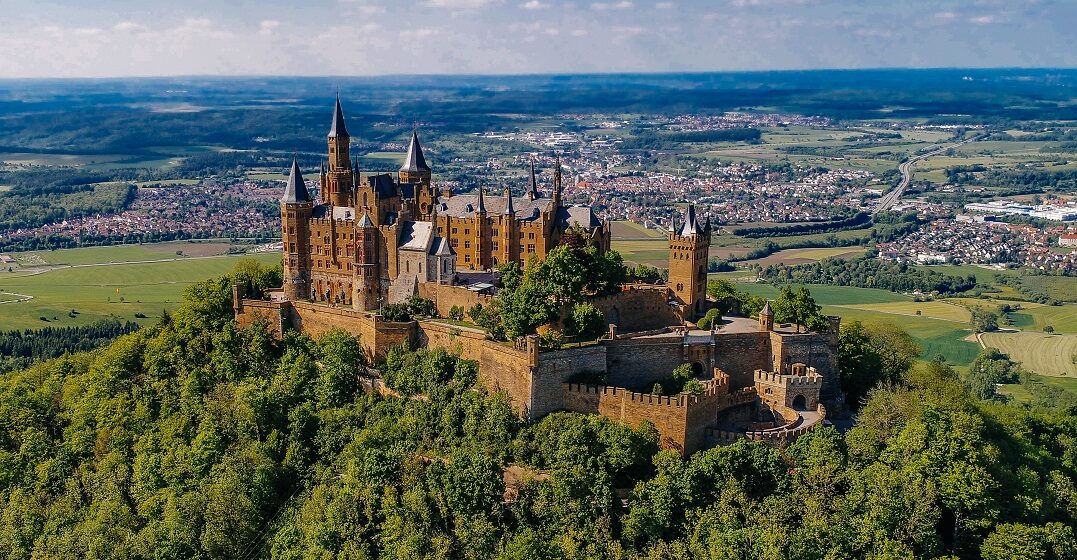by Laura Jones
Published on May 25, 2023
The German royal family played an integral role in the country’s history for several decades and was an important institution on the world stage. That’s right: was. Germany became a republic in 1919; this is a history lesson, after all.
The German monarchy lasted a remarkably short time in comparison to many other European royal lineages. The first German Emperor, Kaiser Wilhelm I, came to power in 1871 following the unification of Germany, and the last, Kaiser Wilhelm II, abdicated his throne in 1918. Both were from the House of Hohenzollern, which is widely considered to be Germany’s royal family.
Though the German monarchy’s official reign lasted less than 50 years, its roots can be traced back many centuries. The Hohenzollern family had ruled the Kingdom of Prussia since 1701, and they had held power in the area for several centuries before that as part of the Holy Roman Empire. Prussia was considered the leader of the North German Confederation, and when the German Empire was created, the ruler of Prussia, Kaiser Wilhelm I, became the German Emperor.
However, many German states had their own royal or noble families. This had been true for centuries, and when the states joined the German Empire, they retained their kings under a federal system. Prominent rulers included King Ludwig III, who held power in Bavaria and left the area with his family in November 1918, and King Frederick Augusta III, who ruled Saxony and also left in the same month. Thanks to this proliferation of royal families in Germany, the country is brimming with castles.
The members of the House of Hohenzollern might not be quite as recognizable as many members of the British royal family (thank you, tabloid newspapers). Even so, you’ve likely heard of several of them. One well-known leader is Frederick the Great, who ruled Prussia from 1740 to 1786 and expanded both the territory and power of Prussia during his rule.
The other two best-remembered figures are the two Wilhelms. Wilhelm I was given the title of German Emperor in Versailles in 1871. He elevated Otto von Bismarck, another famous German, to Chancellor of the German Empire. Kaiser Wilhelm II, who became the German emperor in 1889, led the country during World War I and was forced to seek refuge in the Netherlands when Germany was defeated. He was one of the many grandchildren of Britain’s Queen Victoria.
They’re still around, and many still live in Germany! The current head of the Hohenzollern family is Georg Friedrich Ferdinand, who is the great-great-grandson of Wilhelm II. Georg Frederick carries the title of Prince of Prussia, though he holds no power and is a businessperson who lives in Potsdam. For many years, he has been embroiled in a court case to regain some of his family’s fortune, which was confiscated after Nazi rule ended. This has been very unpopular with much of the German public.
For a taste of the Hohenzollerns, you can visit Hohenzollern Castle, the family’s ancestral seat in southwestern Germany. The present castle is a turreted, neo-Gothic masterpiece, with sweeping views of the surrounding countryside.
Though Germany has been a republic for over a century, there is still plenty of interest in its monarchy. Kaisers Wilhelm I and Wilhelm II had a huge influence on the course of European history as rulers of the German Empire, and they were part of an interconnected web of European royal families. Physical reminders of the wide-ranging German royalty dot the landscape to this day, and these castles can be enjoyed by visitors across the country.
